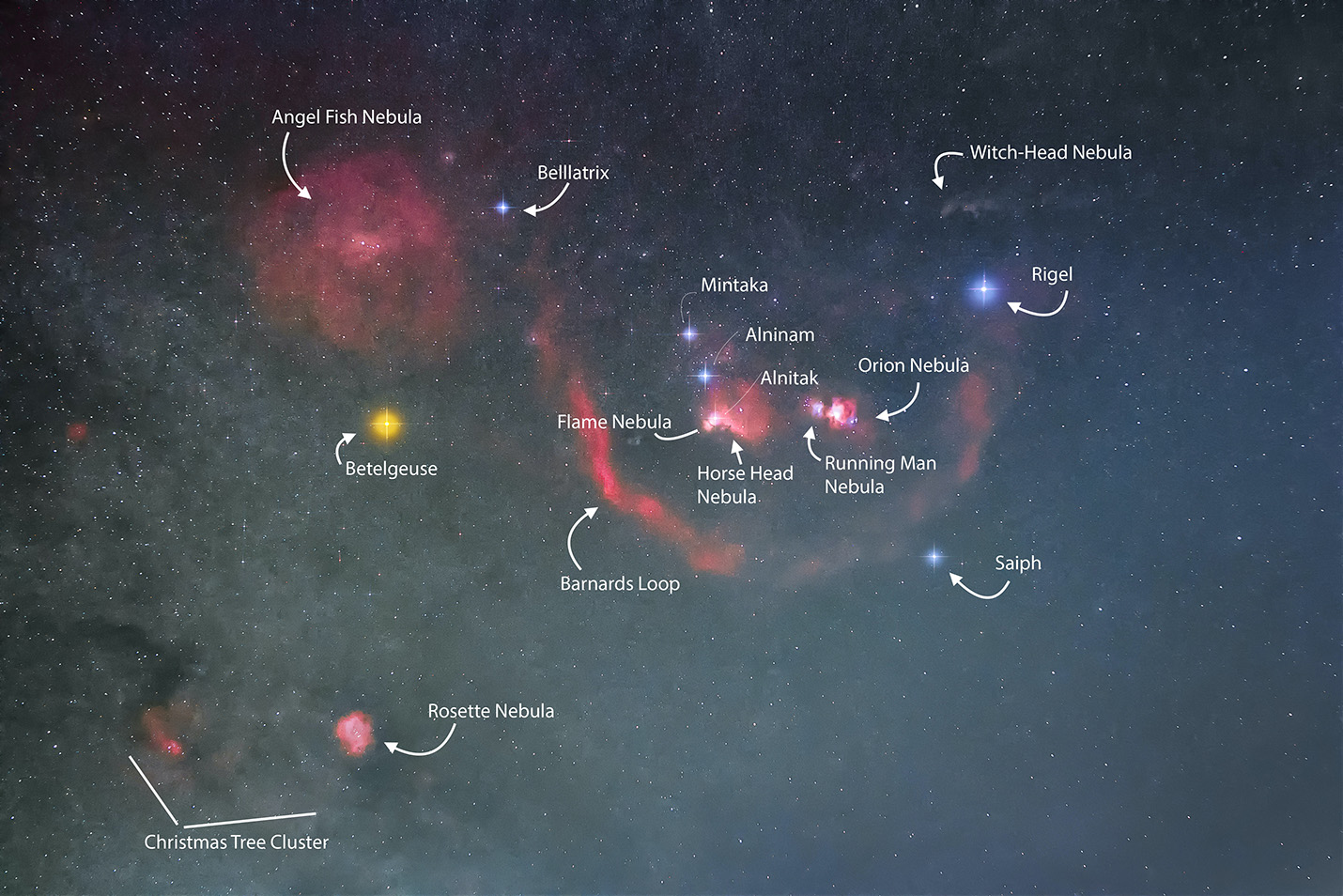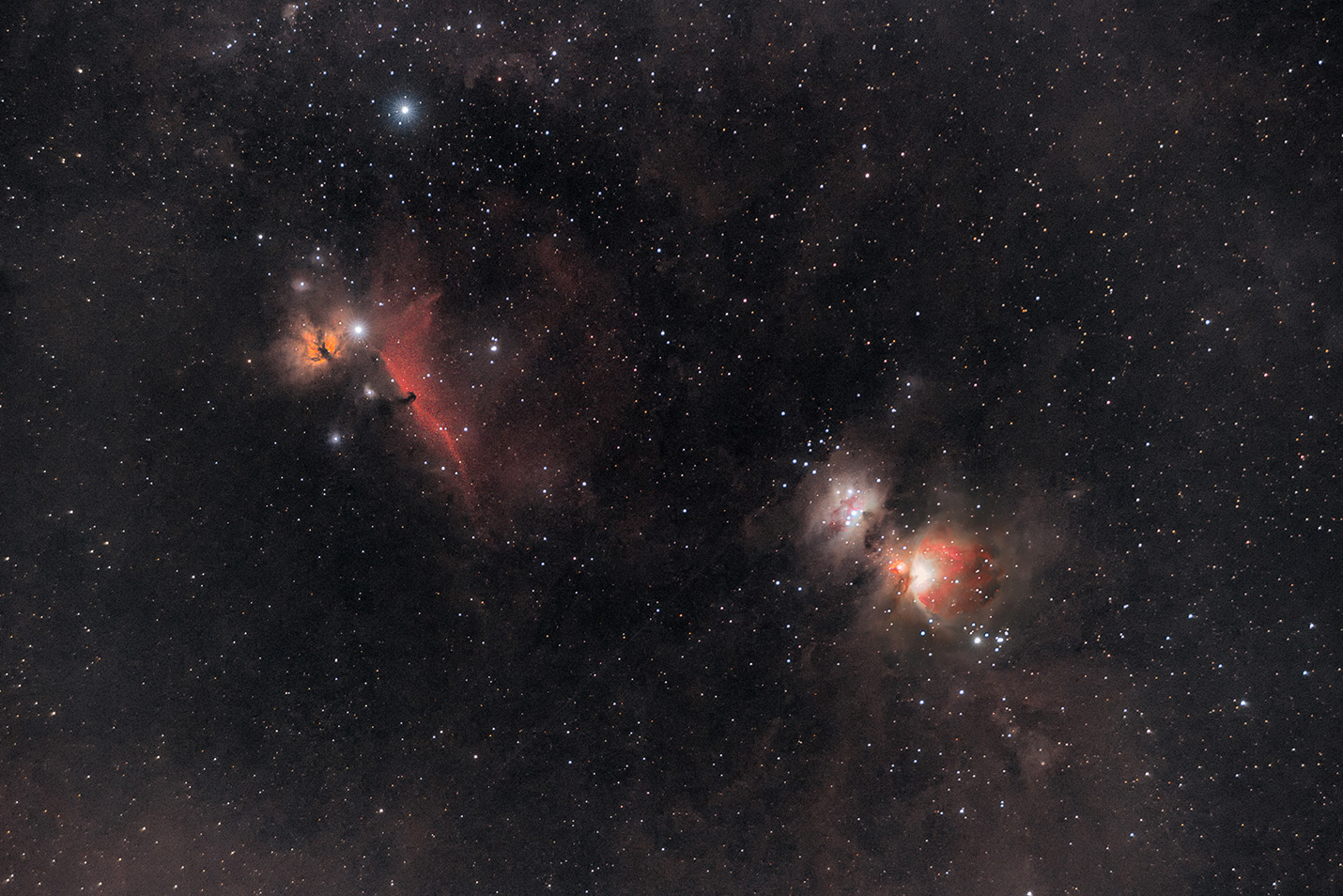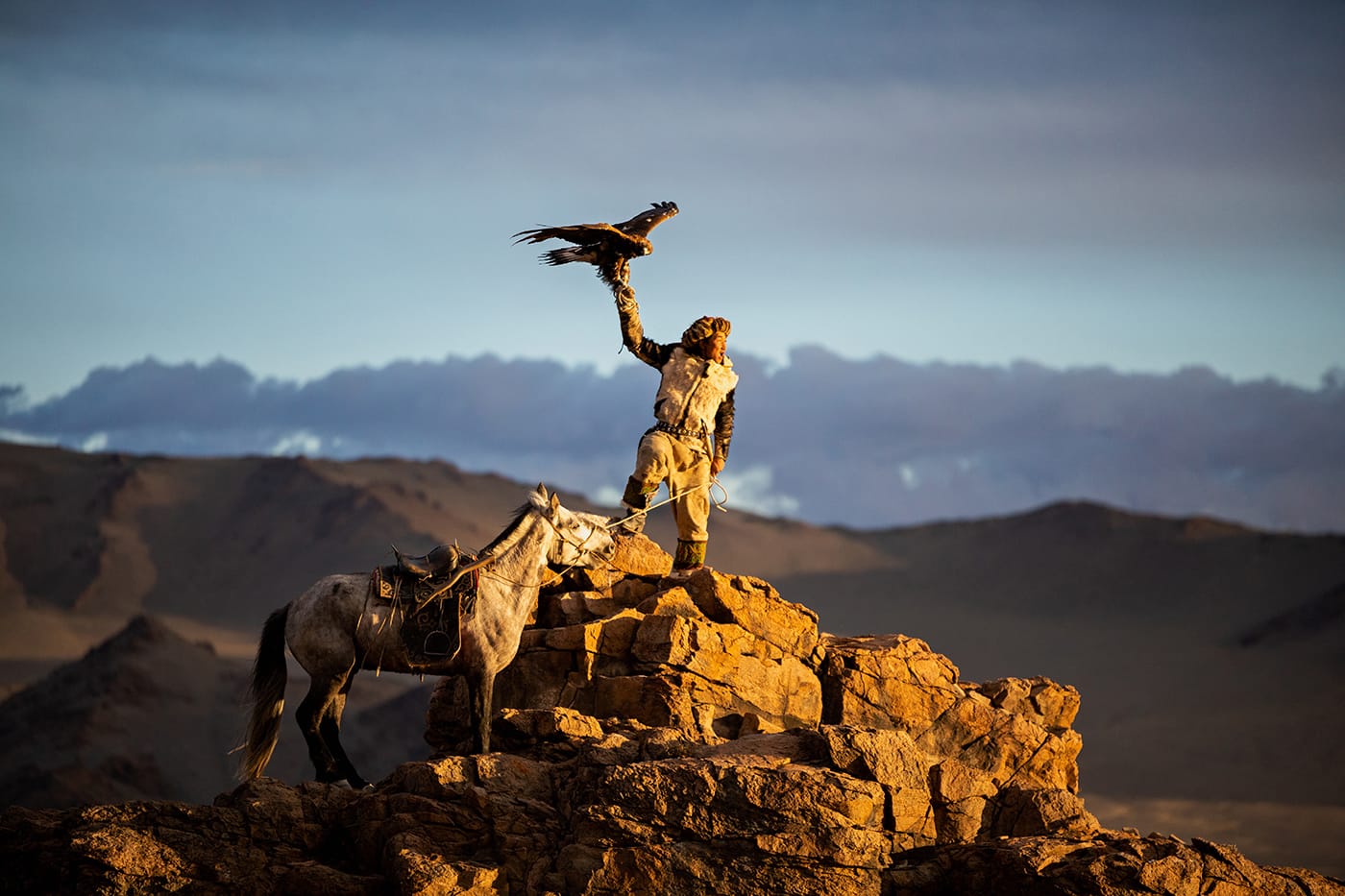Table Of Content
Introduction
Have you ever wondered what’s out there in the night sky beyond our beloved Milky Way core? Well, buckle up, my fellow astrophotography enthusiasts, because we’re about to embark on an exciting journey beyond the galactic core!
You might think that capturing the Milky Way core is the ultimate goal in nightscape photography, but let me tell you, the cosmos has so much more to offer. It’s like a giant canvas waiting to be painted with the stars and nebulae of distant galaxies. And guess what? One of the most stunning subjects to explore is the constellation Orion, also known as the Hunter.
Orion is like a celestial treasure trove, packed with bright stars, mesmerising nebulae, and unique features that make it a photographer’s dream come true. So, if you’ve already conquered the Milky Way core, it’s time to set your sights on Orion and embark on a new adventure in nightscape astrophotography.
When we combine distant deep sky objects with landscape, it’s often called Deepscapes. Instead of focusing only on the bright centre of the Milky Way, Deepscapes takes in a wider view of the cosmos. This includes distant regions like the Orion Molecular Complex, Cygnus region, Pleiades and even the Andromeda Galaxy, to name a few. The goal is to combine stunning views of famous stars and deep-sky objects with the Earth below.
What Makes Orion Special?
The Orion constellation, one of the most recognisable constellations in the night sky, is a photographer’s dream because of its:
- Bright stars: The iconic Belt stars (Alnitak, Alnilam, Mintaka) and the two prominent stars, Betelgeuse and Rigel, are easily visible and add dynamic contrast to wide-field images.
- Nebulae: Orion hosts the famous Orion Nebula (M42), the Horsehead Nebula (IC 434), and the Flame Nebula (NGC 2024), all of which are stunning to capture in a long-exposure shot.
- Rich colour palette: From the reddish glow of Betelgeuse to the bluish hues of Rigel and the vibrant pinks and purples of the nebulae, Orion offers a spectacular range of colours. The Barnard’s Loop also provides a stunning display of red H-Alpha emission, though best captured using an astro-modified camera, a normal stock DSLR, or mirrorless camera can also capture some amount of this region.

Best Time to Photograph Orion
- Peak visibility: Orion is best observed between November and February.
- Ideal shooting window: The constellation rises in the eastern sky after sunset and is best photographed around midnight when it’s high overhead.
- Dark sky conditions: Avoid full moon phases and seek locations with minimal light pollution for the best contrast.
How to Capture Orion
Capturing Orion in a wide-field astrophotography image is similar to any starry nightscape, but you want to highlight its unique features.
Choose a Great Location
- Dark Skies: To really show Orion, you’ll need a location far from city lights. Light pollution can hide the faint nebulae and stars, making it hard to see Orion’s details. Look for a dark-sky site like a remote hill, mountain, or desert.
- Interesting Foreground: Nightscape photography is all about blending the stars with a cool landscape. Look for interesting things in your foreground, like trees, rocks, or lakes, to give your photo depth and context. A wide, clear horizon or silhouetted elements can make your shot really stand out.
Use the Right Equipment
- Wide-Angle Lens: To capture Orion’s full beauty, you’ll want a wide-angle lens. A 14mm, 20mm, 24mm to 35mm lens on a full-frame camera works great for framing the entire constellation in one shot. This way, you can see the sky above and the landscape below. A fast lens (with a low f-number like f/2.8 or below) is ideal to capture as much light as possible from the distant stars.
- Sturdy Tripod: The longer you’re taking your photo, the more your camera might shake. A tripod is essential for keeping your camera steady, so your stars come out crisp and clear.
- Using a star tracker gives a more desirable output for the sky, but adds to the complexity of taking separate shots & blending the sky with foreground in post processing separately.
Composition and Framing Tips
- Include a Foreground: Trees, mountains, or buildings add depth and interest to wide-field nightscapes.
- Use the Rule of Thirds: Position Orion slightly off-centre to create a balanced composition.
- Experiment with different focal lengths: Try both wide-field and telephoto perspectives to capture all the cool stuff in the constellation.
Master Your Camera Settings
Achieving the perfect balance of exposure, ISO, and aperture is like a cosmic dance:
Basic Settings for Beginners (Untracked Shots):
- Aperture: f/2.8 or lower (the widest setting for maximum light gathering)
- Shutter speed: 10-20 seconds (to avoid star trails; use the 300 rule: 300 ÷ focal length = max exposure time in seconds)
- ISO: 1600-3200 (depends on how good the noise handling of your camera is)
Settings for Tracked Shots:
- Aperture: f/2.8 – f/4 (to make the stars extra sharp and reduce colour fringing)
- Shutter speed: 1-3 minutes (thanks to star tracking)
- ISO: 800-1600 (to keep the details nice and clear without too much noise)

Additional Techniques
- Stacking: Capturing multiple images and stacking them using software like Starry-landscape Stacker, DeepSkyStacker, or Sequator is like magic. It reduces noise and increases the clarity of your stars, making Orion and the surrounding stars look even better.
- Dithering: Slightly moving the lens, telescope or tracker between shots helps to reduce sensor noise. However, a large number of shots are required to be captured with this method to see any meaningful improvements.
- Dark, Flat, and Bias Frames: These are like cosmic cleaning crew shots. They’re used in post-processing to remove camera sensor, noise and lens imperfections. These are also known as calibration frames.
Post-Processing
- Stacking: To make your stars shine even brighter, try stacking multiple exposures using software like DeepSkyStacker or Sequator. It’s like a cosmic upgrade!
- Enhance Contrast and Colour: In astrophotography, post-processing is key to making the stars shine. Make the stars stand out against the dark sky by boosting the contrast, and don’t forget to enhance the Orion Nebula’s colours – it’ll glow like a celestial masterpiece!
- Foreground Adjustment: If the foreground or sky is too dark, you can fix that by using exposure blending or by using light painting techniques like LLL in the field, which can be a topic of a future blog.
Conclusion
Nightscape wide-field astrophotography is an exciting way to capture the wonders of the night sky beyond the Milky Way. While the Milky Way is often the star of the show, Orion and other constellations are just as worthy of our lens. These celestial landmarks, with their vibrant stars and nebulae, offer a wide range of photographic possibilities—combining the beauty of the cosmos with the natural world beneath. By focusing on Orion, Cygnus, Andromeda and beyond, astrophotographers can create stunning images that remind us of the vastness and beauty of the universe that lies beyond our own galaxy.
Picture this: you’re standing on the edge of a dark, vast field, the stars twinkling above. In the distance, you see the sharp silhouette of a lone tree against the night sky. Orion rises majestically in the east, with its famous belt of three stars shining bright. Just below, the Orion Nebula glows softly, a pinkish hue contrasting with the surrounding stars. The stars of Betelgeuse and Rigel shine brightly, framing the hunter’s form.
In the foreground, the silhouette of the tree stretches up into the starry sky, adding depth and grounding to the celestial scene. The surrounding stars form a tapestry that stretches beyond Orion, creating a breathtaking wide-field image of the winter sky. The final image shows not only the familiar stars of Orion but also a landscape that invites you to explore beyond the Milky Way core.

